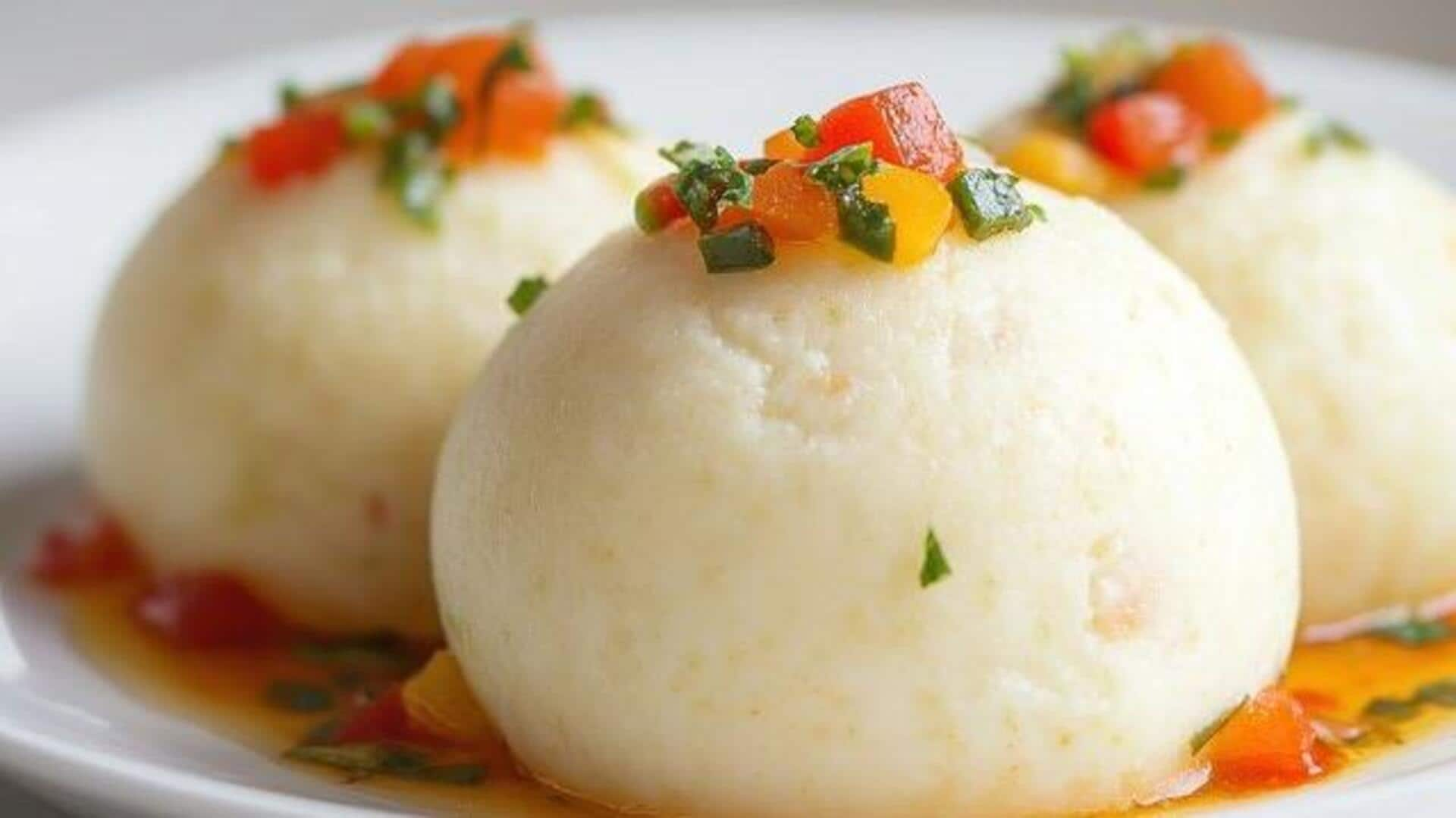
How to cook ugali like a pro
What's the story
Ugali is a staple dish across several African countries, due to its simplicity and versatility. Prepared with maize flour and water, ugali forms a dough-like consistency that goes well with different side dishes. However, mastering the art of cooking ugali involves knowing a few specific techniques that make the dish's texture and taste perfect. Here's how seasoned cooks prepare ugali like a pro!
Flour selection
Choosing the right flour
The kind of maize flour you choose makes a huge difference in the final result of ugali. Choose finely milled white maize flour for a smoother texture. Coarser flours can give a grainy consistency, which not everyone may enjoy. Some cooks even prefer combining the two to get a texture and taste they like.
Ratio balance
Perfect water-to-flour ratio
Getting the water-to-flour ratio right is essential when preparing ugali. A general rule of thumb is to use two parts water to one part flour, but this can differ depending on preference and variations across regions. Tweaking this ratio a bit can help you get a firmer or softer consistency, depending on what you're going for.
Stirring method
Stirring techniques matter
Stirring is crucial for getting the right texture of ugali. Start stirring as soon as you add the flour to boiling water to avoid lumps. Apply consistent pressure with a wooden spoon or spatula to mix it evenly at all times. Constantly stirring helps achieve the elasticity required for a perfect ugali.
Timing importance
Cooking time precision
Cooking time largely influences both flavor and texture of ugali. Usually, it takes around 10 minutes after adding flour to achieve perfect doneness. However, this might vary a bit depending on heat intensity and the quantity being made. Make sure you cook till there are no raw flour traces remaining, while stirring constantly throughout.
Resting phase
Resting before serving
Allowing ugali to rest for a while before serving, improves its overall quality by allowing it to firm up slightly. This happens without becoming too hard or sticky when cooled down completely later on. If there are leftovers lying uneaten after mealtime ends, this resting phase also allows flavors to meld together better. This happens over a short period post-cooking completion stage itself!